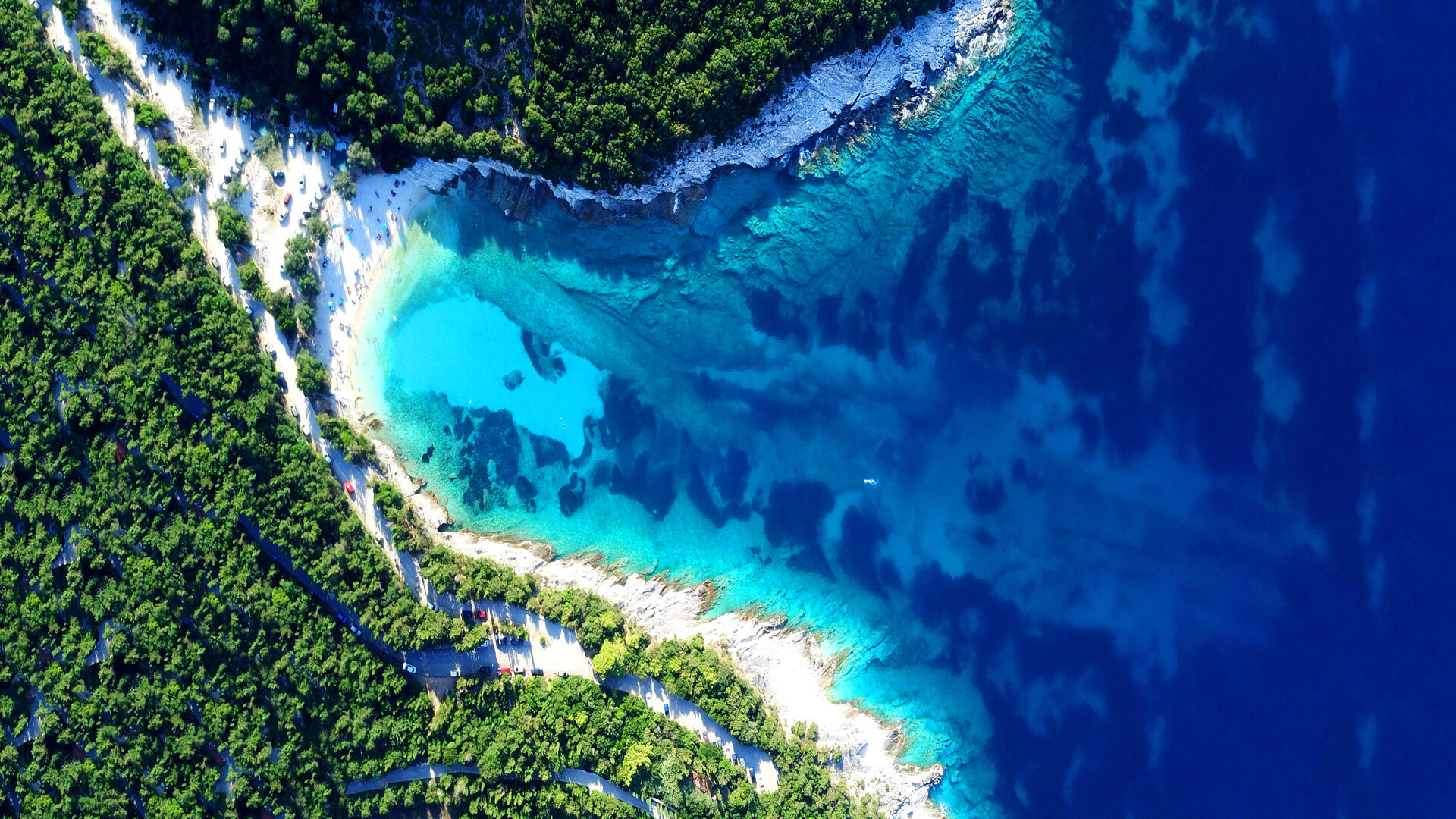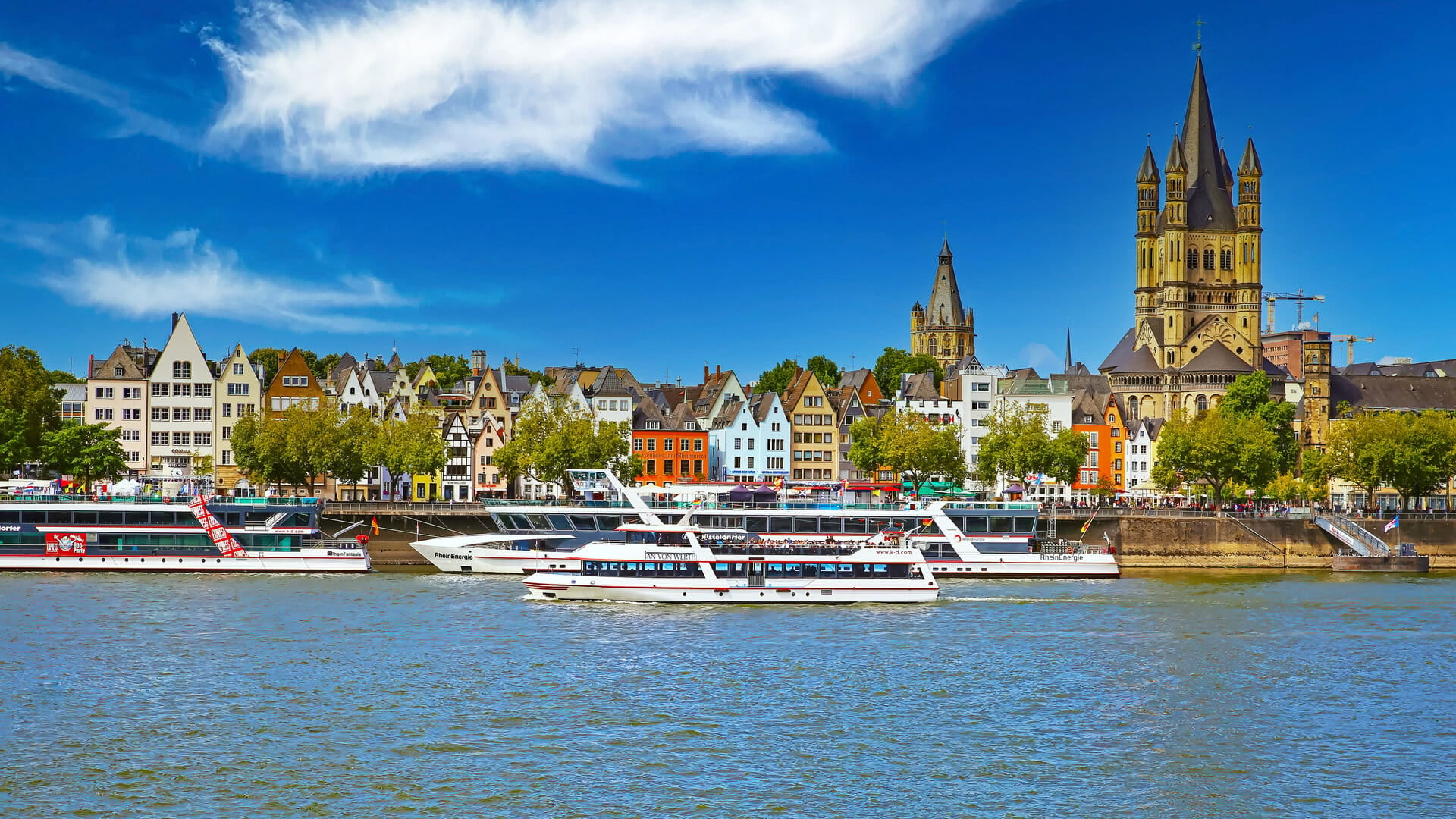Can the tourism industry adapt to climate change? Part 4: heatwaves and wildfires

In a previous blog, we talked about how temperatures will soon routinely reach 40 °C in the Mediterranean, where global warming is expected to be about 20 percent higher than global averages. We also looked at what rising temperatures mean for rivers and ski resorts, as well as city breaks.
Most people understand this principle – the weather is changing. But what people often don’t consider are the cascading effects from these changes. And they will impact almost every industry and individual in one way or another.
Wildfires, although a significant threat, are far from the only consequence of rising temperatures. Excessive heat alone can cause personal injury and death through heat stroke. It can also ravage water supplies, and cause significant delays in transportation as runways become unusable and rivers impassable.
These are all challenges the tourism industry will have to face for the near future, regardless of any attempts to mitigate climate change. So, it’s imperative that governments, businesses, and individuals prepare now, to protect people, environments, and economies.
Building resilience must start now
Climate change hasn’t crept up on us. We’ve been warned of rising global temperatures for decades now, yet few fully understand the implications and even fewer have prepared for them.The fact is mitigation measures take a long time to implement. So, planning for the effects of a more volatile climate needed to happen yesterday. The next best time is now.
As previously mentioned, the effects of global warming and increased heat are numerous and nuanced, so there is no end to solutions and approaches that can help mitigate them. There are, however, two major considerations that apply to everyone. The first is an urgent need to develop an understanding of what the future might look like, region by region.
Data and predictive analytics can be employed to do this to a degree. Large enough datasets exist for us to monitor trends and look at past examples for indicators of what’s coming next. But, at the same time, we are quickly learning that some things are near impossible to predict.
For instance, scientists recently posited that the Atlantic Gulf Stream could collapse within the next few years, which would prevent tropical water from reaching Europe and cause temperatures to fall by ten to fifteen degrees.
This event, resulting in catastrophic changes, was not anticipated for over 100 years. This just goes to show how complex and unpredictable nature can be.
The second consideration is the need to learn lessons from the past and other regions on earth. Here are just some of the ways these places mitigate the impacts of extreme heat.
Protecting people
One of the key takeaways from the recent wildfires in Greece is that, in today’s climate, disaster can strike without warning – so plans must be put in place to ensure people are prepared for the worst.An example can be taken from Australia, where last year a new emergency warning system was implemented to alert people to imminent threats from heatwaves and bushfires. This helped reduce the strain on healthcare resources – a vital consideration in an area which had up to 36,000 heat-related deaths between 2006 and 2017.
Of course, it’s not all about reactivity. Prevention also has a part to play. In France, new legislation about the planting of trees is designed to ensure gaps are left between tree lines and buildings to prevent the spread of wildfires.
This can be a vital and life-saving step, but only if those laws are properly enforced. The country has also implemented a smoking ban in forests and woodlands. It’s measures like these that other countries will need to start implementing now to ensure tourism is a safe endeavour.
Ensuring uninterrupted transport
One of the often-overlooked repercussions of hot weather are its impacts on transport. Last summer, when temperatures exceeded 38 °C, runways melted in England, halting flights at airports.This isn’t an uncommon problem. When temperatures become too high, the air gets thinner, requiring longer runways for airplanes to take off – something those in hotter climates already know about.
The solution is simple, longer runways are needed to accommodate intense heat. But that kind of infrastructure takes years and significant funding to develop. For the aviation and transport industry to continue operating as it has, these changes need to start taking place now. Ideally, they would have happened already.
Similar mitigation measures will have to be employed to address the impact of low water levels on cruise ships – whether that’s redesigning ships to sail in shallower waters or rethinking logistics strategies and routing.
Protecting places
It’s not just people at risk from extreme heat, but also places – from private residencies to holiday resorts.Considerations for protecting buildings and resorts should ideally begin at the design stage, but many existing buildings and facilities will need to be redesigned to better prepare themselves for increased heat.
For instance, in many countries, the planting of grass in place of concrete has been encouraged to absorb water rather than having it run off into sewers – thus minimising sewer overflow.
In fact, choosing the right types of plants can have a significant impact on how fires behave and spread. Trees and plant life can also be used to provide vital shade in extreme temperatures and reduce heat stress, while introducing numerous aesthetic and wellbeing benefits as a side-effect.
These aren’t overwhelmingly complex changes, but little things can add up to make a significant difference.
Other considerations for property owners or tourists relate to things like insurance. As increasingly severe weather events take place with growing frequency, blind trust that insurance policies cover these events is not a good strategy.
The future of tourism
Tomorrow’s tourism will look different. That, we know.
Holidaymakers will likely visit different locations and at different times of the year to avoid intense heat and danger. But as our climate continues to change, it’s imperative that we look forward and prepare for what’s likely to come – and not just deal with what’s happening today.
The difficulty is in anticipating the wildly varied impacts rising temperatures will have. The spectrum of possibilities is large, and a wide range of factors must be considered to protect countries, businesses, and travellers alike.
At Haskoning, we’ve spent years analysing, forecasting, and mitigating the impacts of our changing climate, and helping clients in every corner of the world protect their people, assets, and business.
If you’d like to talk about your future, and start preparing for it today, get in touch.
Want to know moreor got a question?
Contact our Climate Resilience experts!


